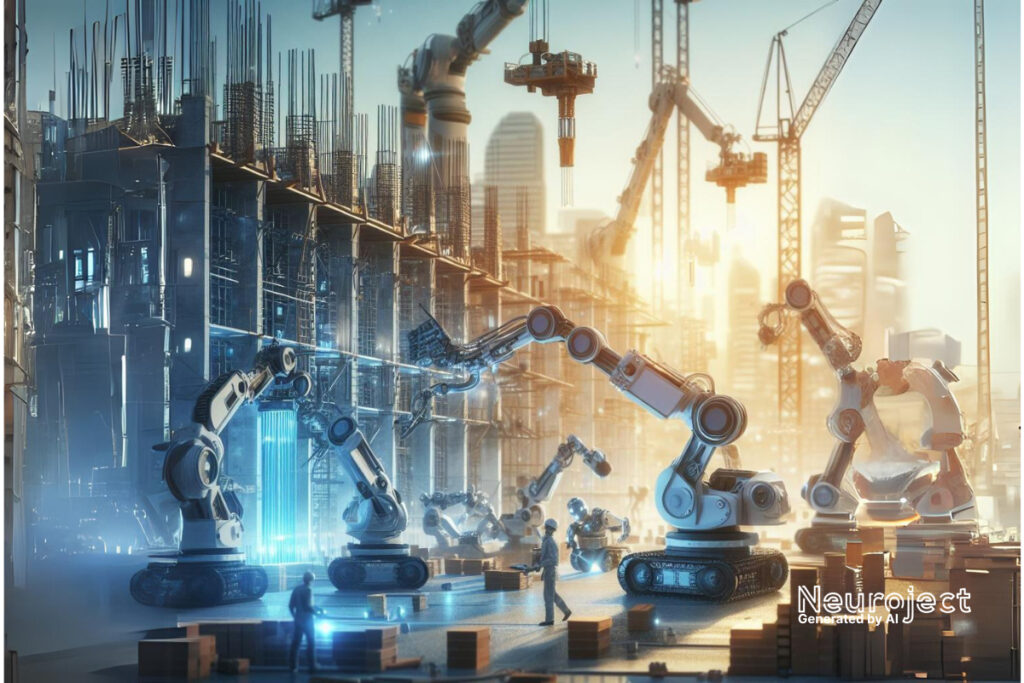Exclusive Neuroject Article: As we step into the world of 2024, the construction industry is witnessing an unprecedented technological revolution: construction robots. It’s an exciting frontier that promises to redefine the dynamics of building and infrastructure development. In 2021, the global construction robot market was valued at $420 million, and according to a report by MarketsandMarkets™, it is predicted to skyrocket to $765 million by 2026.
This comprehensive guide aims to dissect the current state of construction robots in 2024, explore their capabilities, the types available in the market, the role they play in construction projects, and the potential they have to transform the industry. From autonomous bulldozers to bricklaying bots and drones for surveying, we delve into the futuristic panorama of construction automation. Let’s embark on a journey to understand and appreciate these technological marvels that are changing the construction landscape.
Table of Contents
Why are Robots Used in the Construction Industry?
The usage of robots in the construction industry has surged in recent years due to several critical factors.
Increased Efficiency: Robots, unlike human workers, can work continuously without experiencing fatigue. This capability allows for accelerated construction schedules, ensuring projects are completed on time.
Enhanced Precision: The accuracy with which robots operate is superior, reducing human errors. With their preprogrammed instructions, robots ensure a high quality of work and perfect execution of tasks, resulting in a more refined finished product.
Improved Safety: With the inherent risks involved in operating machinery and handling hazardous materials, the integration of robots in the construction sector has drastically improved safety conditions. A 2022 report by the National Safety Council stated a 20% decline in construction-related accidents, a shift largely credited to increased robot usage.
Consistent Workforce: Amid the growing concerns over labor shortages in the industry, robots provide a reliable solution. Robots can perform tasks in challenging environments such as extreme temperatures and heights, ensuring no halt in construction processes.
Sustainability: Robots contribute significantly to environmental conservation in the construction industry. Optimizing the use of materials, reducing waste, and their energy-efficient operation leads to more sustainable construction practices.
These examples represent just a glimpse of the multitude of ways robots can be utilized in the construction sector. In the upcoming paragraphs, you will delve into the intricate details and explore a wide range of applications where robots have proven to be invaluable.
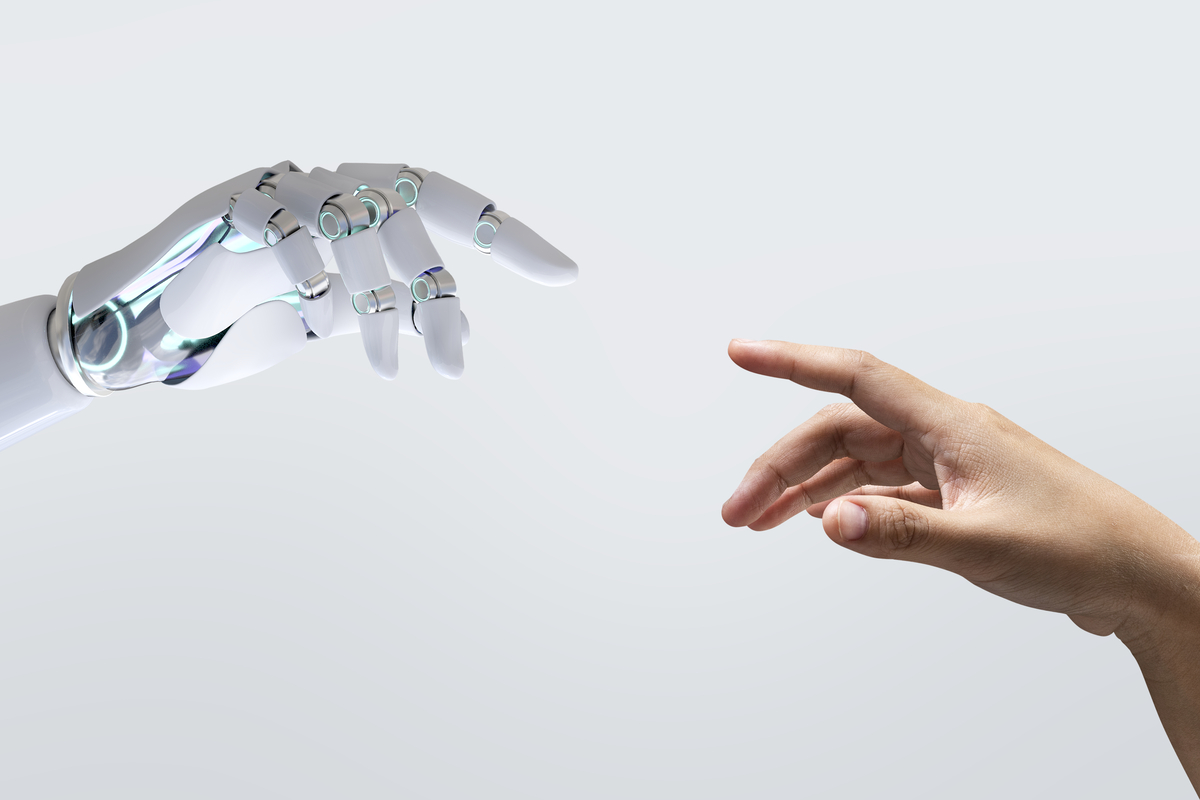
Suggested article for reading: Top 7 Sustainable Architecture Projects
Evolution of Construction Robotics
The evolution of construction robotics has been a fascinating journey marked by significant technological advancements. Over the years, these innovations have transformed the way construction tasks are performed, enhancing efficiency, safety, and precision. Here’s a brief overview of the evolution:
Early Beginnings
Industrial Robotics Influence: The roots of construction robotics can be traced back to the industrial robotics sector. Early robots were primarily used in manufacturing and assembly lines.
Remote-Controlled Equipment: Early forms of remote-controlled machinery, such as cranes and bulldozers, laid the groundwork for the automation of construction tasks.
20th Century Innovations
Emergence of Specialized Machines: In the mid to late 20th century, specialized construction machines began to appear, aiding in specific tasks like excavation, lifting, and material handling.
Introduction of Robotic Arms: Robotic arms and manipulators started to be integrated into construction processes, especially in industries like welding and assembly.
Recent Developments
Advanced Automation: The advent of advanced sensors, GPS technology, and machine learning facilitated the development of more autonomous construction equipment capable of performing tasks with minimal human intervention.
3D Printing Revolution: The introduction of 3D printing technology has revolutionized construction, enabling the creation of entire structures using additive manufacturing techniques.
AI and Machine Learning Integration: Artificial intelligence and machine learning have been integrated into construction robots, enabling them to make autonomous decisions, optimize routes, and improve operational efficiency.
Increased Safety Measures: Robotics in construction has significantly enhanced safety by handling hazardous tasks and minimizing risks to human workers.
Current Trends
Customization and Adaptability: Modern construction robots are becoming more adaptable and customizable, allowing them to perform a wider range of tasks and fit into various construction scenarios.
Collaborative Robots (Cobots): Collaborative robots designed to work alongside humans are gaining popularity, enhancing productivity and safety by assisting workers in various construction tasks.
Sustainability Focus: There’s a growing emphasis on sustainable construction, and robots are being developed to optimize material usage, reduce waste, and support eco-friendly building practices.
Integration of Drones and AI: Drones equipped with AI are increasingly used for site surveys, monitoring, and data collection, contributing to more informed decision-making in construction projects.
The evolution of construction robotics continues to advance, driven by technological breakthroughs, industry demands for efficiency, safety concerns, and a focus on sustainable building practices. This ongoing evolution promises further transformative changes in the construction industry.
How are Construction Robots Classified?
In the evolving landscape of the construction industry, robots play an integral role. A wide range of construction robots exists, each differing in function, features, and complexity. For clarity, we can classify them into three main categories: semi-autonomous, fully autonomous, and teleoperated robots.
Semi-Autonomous Robots: These machines require some degree of human input but can perform tasks independently once set. For instance, the semi-autonomous bricklaying robot, SAM (Semi-Automated Mason), can lay bricks at incredible speeds while humans supervise the process and handle complex tasks. This collaborative approach allows for increased efficiency and precision.
Fully Autonomous Robots: These robots can execute tasks without human intervention, from start to finish. Hilti’s Jaibot, a ceiling-drilling robot, exemplifies this category. Programmed with the job’s specifics, Jaibot can drill holes for electrical installations according to a pre-defined pattern. Its sensors and safety features ensure it operates within the set parameters, significantly reducing human labor and the risks associated with manual drilling.
Teleoperated Robots: These are remotely controlled by operators, often from a safe distance. The TyBot by Advanced Construction Robotics, an autonomous rebar-tying robot, provides an example of this class. While a human operator oversees and directs its actions, the TyBot performs the dangerous and repetitive task of tying rebar, promoting safety and efficiency on the construction site.
They can be broadly classified into three categories based on their functionality.
Robotic Arms: These are stationary robots that are typically used for repetitive tasks requiring precision. An example is the SAM100, a bricklaying robot capable of laying up to 350 bricks per hour, a rate that far surpasses human capabilities. The precise nature of robotic arms ensures high-quality work, thus minimizing construction errors and wastage.
Exoskeletons: Also known as wearable robots, these enhance human strength, endurance, and precision. For instance, the EksoVest is a wearable exoskeleton used in construction. It assists with lifting heavy materials and reduces the risk of injuries, thus promoting safety and productivity on construction sites.
Autonomous Vehicles: These include self-driving construction vehicles like excavators and bulldozers. They can work round-the-clock, in harsh weather conditions, and tough terrains where humans may face challenges. An example is Komatsu’s Autonomous Haulage System which improves efficiency and safety in large-scale construction and mining operations.
Drones: Although not traditionally considered ‘robots’, drones have become a crucial part of the construction process. They are used for site surveys, inspections, and progress monitoring. For example, the DJI Phantom 4 RTK is a drone designed for accurate aerial surveying in the construction industry.
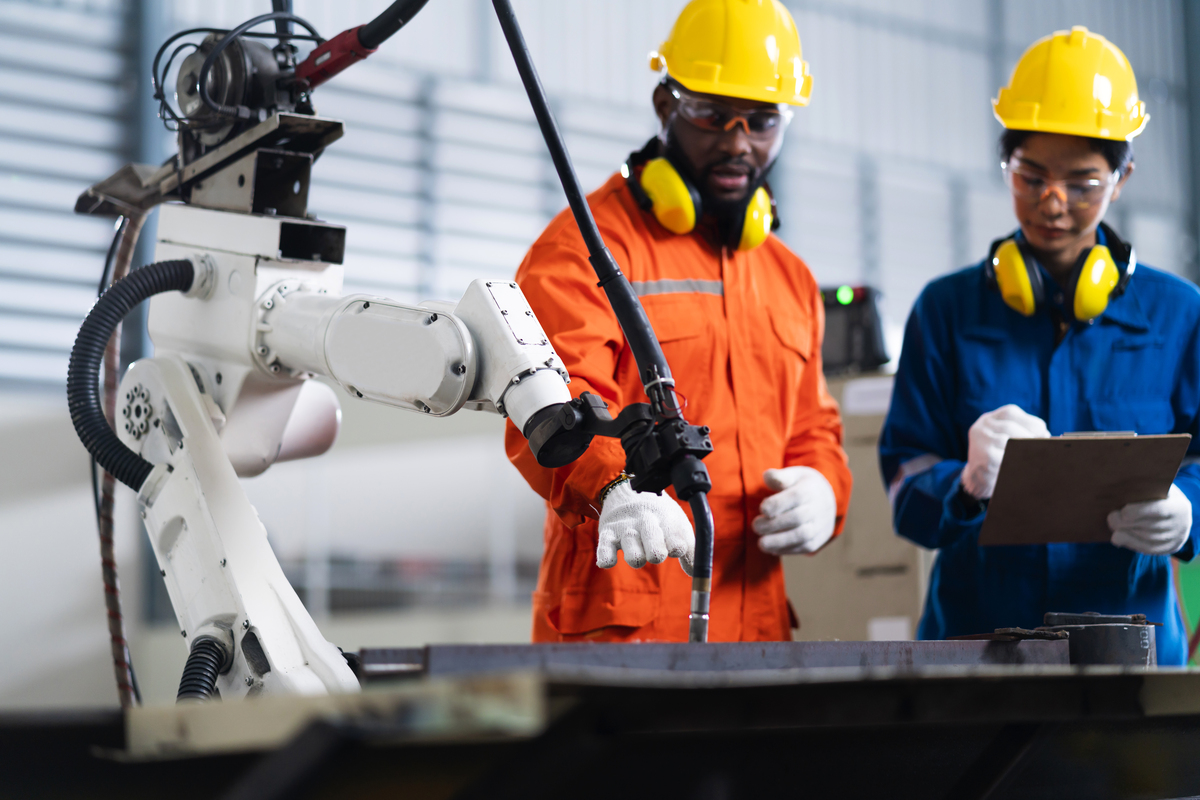
Suggested article for reading: The Importance of Drones in Construction: 7 Key Reasons
What Tasks Can Construction Robots Perform?
Construction robots are capable of performing a wide range of tasks in the construction industry. Here are some of the tasks they can undertake:
Bricklaying: Construction robots can lay bricks or blocks to construct walls, facades, or other structural elements. They can accurately position and align each brick, resulting in faster and more precise construction.
Demolition: These robots are equipped with tools and attachments to demolish structures. They can efficiently dismantle walls, floors, or other building components, helping to speed up the demolition process while ensuring safety.
Excavation: Construction robots are capable of excavating and digging tasks. With specialized attachments or arms, they can remove soil, dig trenches, or perform other excavation activities with precision and efficiency.
Welding: Welding robots are used for automated welding tasks in construction. They can perform high-quality welds on metal components, such as steel beams or structures, ensuring strong and reliable connections.
Material Handling: Construction robots are designed to lift and transport heavy materials and equipment on construction sites. They can move items such as concrete blocks, steel beams, or construction supplies, reducing the physical strain on human workers.
3D Printing: Some construction robots have the capability to 3D print structures or components. By depositing layers of materials, such as concrete or plastic, based on a digital design, they can create complex shapes and structures with speed and precision.
Inspection and Monitoring: Construction robots equipped with sensors, cameras, or other measurement devices can inspect structures and progress Construction Monitoring. They can assess the condition of buildings, bridges, or other infrastructure, identifying potential issues or areas in need of maintenance.
These are just a few examples of the tasks that construction robots can perform. Their capabilities and applications continue to expand, offering increased efficiency, safety, and productivity in the construction industry.
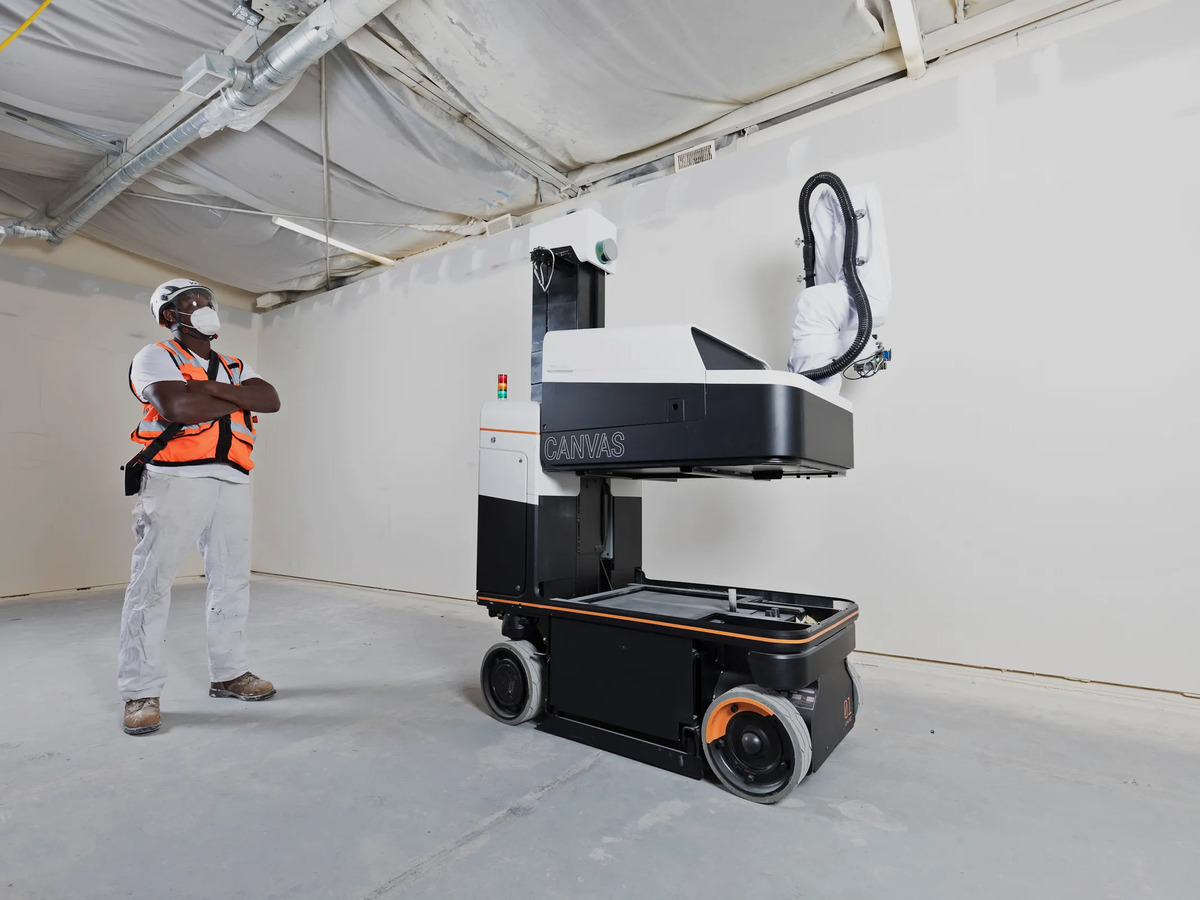
Types of Construction Robots
As technology grows, many types of construction robots have been developed. Here’s the top trending list:
- Bricklaying Robots: These robots automate the process of laying bricks or blocks, increasing speed and accuracy in building walls or structures. They use precise measurements to lay bricks and mortar, enhancing efficiency and consistency.
- Demolition Robots: These specialized robots are equipped with powerful tools to demolish structures safely and efficiently. They are remotely operated, reducing the risk to human workers in hazardous demolition sites.
- 3D Printing Robots: 3D printing robots use additive manufacturing techniques to create entire building components or structures layer by layer. They can construct complex designs swiftly and with minimal material waste, revolutionizing building construction.
- Robotic Excavators and Diggers: These robots are designed to perform excavation tasks, such as digging trenches, foundations, or earthmoving. They are equipped with sensors for precise digging and can operate in challenging terrains.
- Drone Technology: Drones are increasingly used in construction for site surveying, monitoring progress, and inspecting hard-to-reach areas. They provide aerial views, collect data, and assist in planning and decision-making.
- Autonomous Vehicles and Equipment: These include driverless trucks, bulldozers, and other heavy machinery that operate autonomously, reducing the need for human operators and enhancing safety on construction sites.
- Robotic Welding and Fabrication: Robots equipped with welding arms or fabrication tools can perform intricate welding or assembly tasks with precision and speed, ensuring consistent quality.
- Robotic Material Handling: These robots assist in transporting materials within construction sites, reducing manual labor and streamlining logistical operations.
- Climbing and Inspection Robots: Designed to navigate vertical surfaces like walls or columns, these robots are used for inspection, maintenance, or construction tasks in high-rise buildings or structures.
- Robotic Assistants: These robots collaborate with human workers by providing support in various tasks, such as lifting heavy objects, enhancing ergonomics, or assisting in complex procedures.
Each type of construction robot serves a specific purpose, contributing to increased efficiency, safety, and precision in various stages of construction projects. Their integration continues to transform the industry, enabling new possibilities and innovations in construction methodologies.
Integration of BIM (Building Information Modelling) with Construction Robots
In the realm of construction technology, one groundbreaking advance is the integration of Building Information Modeling (BIM) with Construction Robots. This fusion revolutionizes the construction industry by enhancing efficiency, reducing errors, and mitigating on-site risks.
BIM serves as the backbone of this integration, functioning as a 3D model-based process that gives architecture, engineering, and construction professionals insights and tools to more efficiently plan, design, construct, and manage buildings. When combined with construction robotics, the benefits of BIM are significantly amplified.
One tangible example of this integration is seen in autonomous bricklaying robots. These robots, armed with a BIM plan, are capable of laying thousands of bricks per day with exceptional accuracy, far outstripping human capability. For instance, the robot ‘SAM’ (Semi-Automated Mason) developed by Construction Robotics, uses BIM data for accurate brick placement, achieving incredible speed without sacrificing quality.
Another example is ‘Tybot’, an autonomous rebar-tying robot developed by Advanced Construction Robotics. When integrated with BIM, Tybot can visualize the rebar layout in 3D, allowing it to work continually without human intervention. This integration reduces labor costs, accelerates project timelines, and enhances worker safety by automating one of the most hazardous and labor-intensive construction tasks.
These innovations not only boost productivity but also contribute to safer and more sustainable construction environments. The integration of BIM with Construction Robots is thus more than a convenience; it’s a powerful tool that offers numerous advantages, promising to reshape the future of construction.
The Role of AI in Construction Robots
Artificial Intelligence (AI) is fundamentally transforming the construction sector, particularly through its integration with construction robots. Here, AI serves as a cognitive ‘brain’ that powers these robotic systems, enabling them to perform tasks with greater precision, speed, and adaptability.
The incorporation of AI in construction robots involves embedding sophisticated algorithms and machine learning models into their systems. These algorithms interpret vast amounts of data gathered from various sources such as sensors, cameras, and past operations. Machine learning, an integral part of AI, allows robots to ‘learn’ from this data, enhancing their performance over time and making them more responsive to different construction scenarios.
Let’s take the example of a bricklaying robot. Traditionally, laying bricks is a time-consuming and labor-intensive task. With AI, however, a bricklaying robot can automate this process with remarkable efficiency. The robot uses a combination of 3D scanning technology and AI algorithms to analyze the construction site’s structure and the layout of bricks. The robot’s AI system processes this information to determine the optimal sequence and position for laying each brick.
In practice, the robot might start by using its sensors to scan the environment and gather data about the work area. This data is then processed by the AI algorithms to create a comprehensive 3D model of the site. Based on this model, the AI system determines the most efficient path for the robot to take and the precise location where each brick should be placed. Throughout this process, the robot continually learns and improves, adjusting its approach based on new data or changes in the construction environment.
In essence, the integration of AI into construction robots dramatically boosts their performance, allowing them to operate with enhanced precision, speed, and adaptability.
The Intersection of 3D Printing and Robotics in Construction
In the modern construction landscape, the convergence of 3D printing and robotics is driving innovation and efficiency to unprecedented levels. We’re seeing a fascinating interplay between various types of robots, each tailored to specific tasks, and 3D printing technology, creating new avenues for construction.
Here are the main types of robots that perform 3D printing in the construction industry:
Gantry Robots, also known as Cartesian robots, are used in large-scale 3D printing. These robots, working on a fixed grid system, are ideal for creating sizeable structures with high precision. Their linear movement can be easily programmed to print layer upon layer of materials, transforming digital models into tangible structures.
Robotic Arms, provide the flexibility and dexterity required for more complex designs. Unlike the gantry robots, robotic arms can move in multiple directions, making them ideal for intricate and bespoke construction elements. These arms are often utilized in tasks requiring high precision and flexibility, such as 3D printing intricate components or performing detailed assembly work.
Autonomous Mobile Robots (AMRs), are excellent for transporting materials and components around the site. When combined with 3D printing, these robots can print elements directly on-site and deliver them where needed, streamlining the construction process.
Through the application of these robot types, construction companies can exploit the synergistic benefits of robotics and 3D printing technology. They can build with unmatched precision and speed, eliminate human error, and significantly reduce construction time. Simultaneously, the use of sustainable materials and waste reduction contributes to environmental sustainability goals.
Worker safety is enhanced with robots performing dangerous tasks, while the marriage of robotics and 3D printing is fueling the creation of previously unimaginable architectural designs. This intersection is truly reshaping the construction industry.
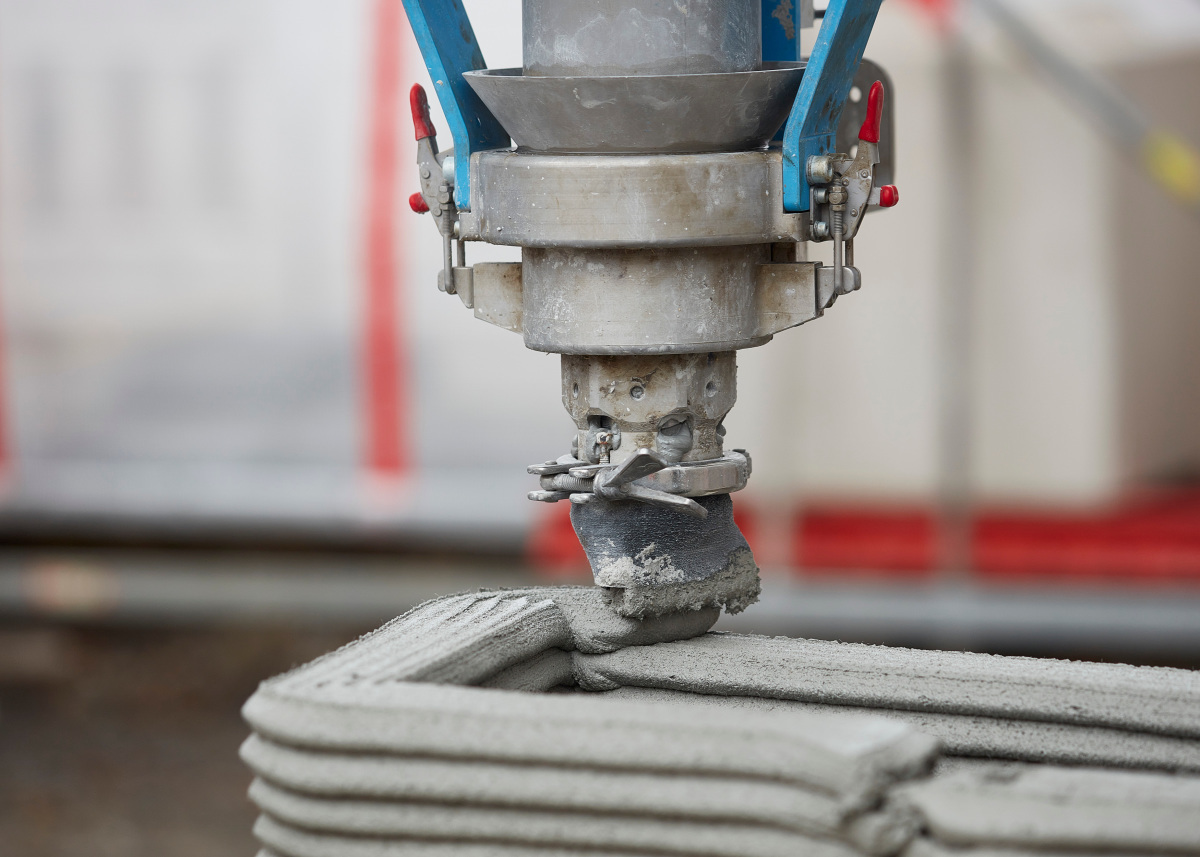
The Potential of Robotics in Green Building Practices and Cost Savings
“The Potential of Robotics in Sustainability and Cost Saving” is a compelling exploration of our discussion about the benefits of construction robots. The construction industry globally is undergoing a transformative shift, and robotics is a key driving force.
Here are several ways robotics contribute to sustainability and cost-saving:
Increased Efficiency: Robots can work 24/7 without succumbing to fatigue, considerably reducing project timelines and labor costs. For instance, a bricklaying robot, SAM (Semi-Automated Mason), can lay around 3000 bricks per day, which significantly outperforms a human mason.
Precision and Accuracy: Robots minimize material wastage by making precise measurements and cuts. For example, a robotic arm used for cutting and shaping materials can significantly decrease the waste produced, contributing to cost savings and a cleaner environment.
Enhanced Quality Control: Robots consistently meet specified standards, reducing expensive rework. A practical example can be seen in the use of inspection drones, which provide real-time data for quality assessment, ensuring construction standards are met efficiently.
Safety Improvements: Robots can work in hazardous areas, minimizing risks to human safety and related costs. For instance, demolition robots can be sent into unstable structures, protecting human workers from potential harm.
Sustainability Contribution: Robots optimize resource usage, decrease waste, and can incorporate recycled materials, all leading to reduced carbon footprints. Robotic 3D printing, for example, can construct energy-efficient buildings with less material, showcasing sustainable building practices.
Innovation Promotion: Robotic automation can transform construction techniques, leading to green building practices. An example is the use of ‘in-situ’ 3D printing robots, which can create complex designs using materials found on-site, minimizing transportation emissions.
In summary, Construction Robots offer significant benefits not only in cost-saving and sustainability but also in shaping the future built environment. As we refine these technologies, we foresee an increasingly efficient, safe, and green construction industry.

Looking Ahead: The Future of Construction Robots
In the coming years, we anticipate an increased deployment of construction robots on sites, performing tasks that require precision, speed, and stamina. Their ability to work round the clock and execute repetitive tasks with perfect accuracy will maximize productivity, reduce costs, and mitigate worker injuries.
Advancements in machine learning will augment the robots’ skills, enabling them to analyze and learn from environmental data to improve task performance. We foresee the advent of swarming robots, small autonomous machines collaborating to perform complex tasks more efficiently, similar to insects like ants or bees.
Robotic exoskeletons, enhancing human physical abilities, will transform the manual laborer’s role. By reducing physical strain, they will boost worker efficiency and longevity.
Moreover, the integration of construction robots with Building Information Modelling (BIM) will result in highly coordinated and efficient projects. Robots will interpret these 3D models to automate the construction process, reducing errors and wastage.
Despite possible concerns about job displacement, the future of construction robots looks promising. As the industry continues to evolve, humans and robots will coexist and complement each other’s skills to create more efficient, safer, and cost-effective construction environments.
Resources:
For all the pictures: freepik

